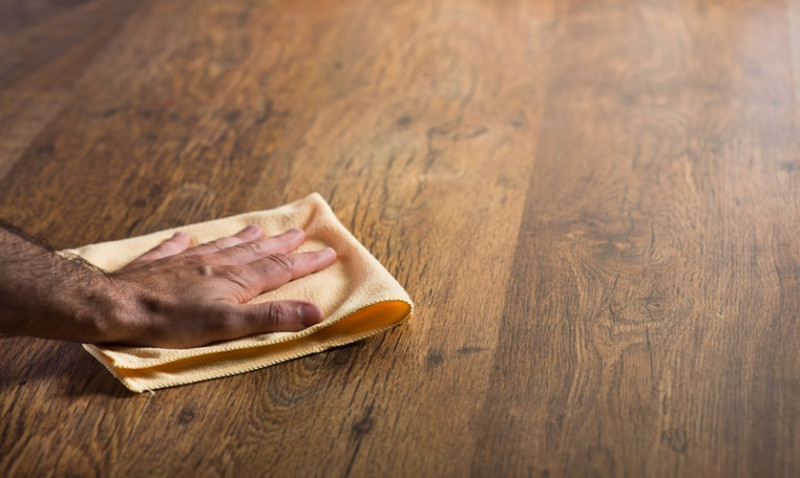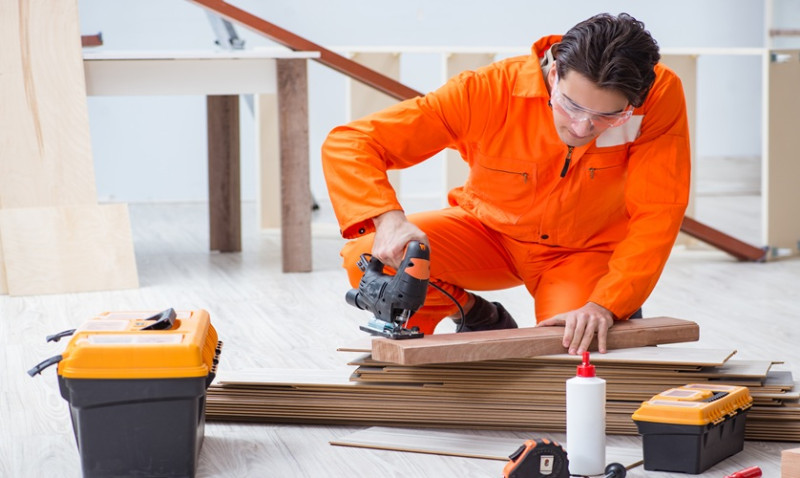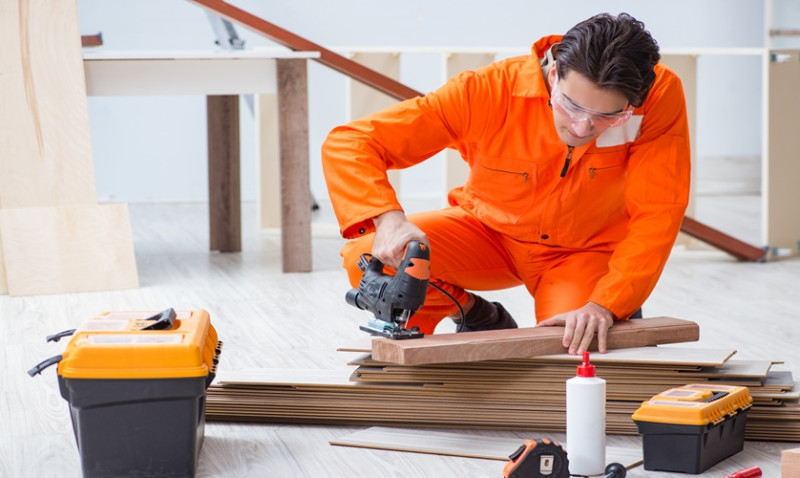
When it comes to choosing the perfect floor for your home or design project, engineered wood flooring often emerges as a top contender. With its stunning appearance and practical advantages, it has become a go-to solution for DIY enthusiasts, interior designers, and homeowners looking for a stylish and durable flooring option. But what is engineered wood flooring exactly, and why is it such a popular choice across the UK?
In this guide, we’ll take a deep dive into what engineered wood flooring is, highlight its many benefits, and provide expert insight into why it could be the ideal solution for your home or commercial project.
What Is Engineered Wood Flooring?
Engineered wood flooring is a type of hardwood floor designed for enhanced durability, stability, and aesthetic versatility. Unlike traditional solid wood flooring, which is made from a single piece of timber, engineered wood is constructed using multiple layers.
The top layer (also known as the wear layer) is a thin slice of real hardwood—such as oak, walnut, or ash—that gives the floor its authentic wood look and texture. Beneath this is a core of high-density plywood or hardwood layers, laid in a cross-grain configuration. This construction reduces the natural expansion and contraction that comes with temperature and humidity changes.
This layered approach makes engineered wood flooring more stable than solid wood, making it ideal for use in variable environments, including basements, kitchens, and underfloor heating systems.
Engineered floors are often available with click-lock systems for a straightforward installation, which is excellent news for DIYers. They also come prefinished or unfinished, giving architects and homeowners full control over the finishing aesthetic.
Key Benefits of Engineered Wood Flooring
1. Looks and Feels Like Real Wood
The top layer of engineered wood flooring is genuine hardwood, so it looks and feels exactly like solid wood once installed. From rich oaks to elegant walnut hues, the variety of finishes available makes it easy to match any interior style.
This makes engineered flooring a top choice for designers and homeowners who want the warmth and elegance of wood without the limitations of solid timber.
2. Superior Stability and Durability
Thanks to its multi-layered construction, engineered wood has excellent resistance to warping, swelling, and shrinking—common problems associated with traditional wood flooring. This makes it ideal for areas in the home where moisture and temperature levels may fluctuate, like kitchens, conservatories, or bathrooms (with proper care).
Professional installers and tradespeople often recommend engineered wood in renovation projects due to its enhanced structural integrity, especially for homes with underfloor heating systems—a feature that's increasingly popular throughout the UK.
3. Easy Installation
Many engineered wood floors come with a click-fit system, simplifying installation without the need for nails or glue. This makes it perfect for confident DIYers looking to take on a weekend flooring project without calling in the professionals.
Even for professional tradesmen, engineered flooring saves time and effort. It can be installed as a floating floor or glued down, making it flexible for a variety of subfloors including concrete and plywood.
4. Long-Lasting and Refinishable
One of the biggest questions around engineered wood is often: “Can I sand and refinish it?” The answer is yes—most engineered wood floors can be sanded and refinished at least once, depending on the thickness of the wear layer.
Thicker boards (for example, those with a 4mm top layer) can even be refinished multiple times, extending their lifespan dramatically. This makes engineered wood not just a stylish choice, but a sustainable one as well.
5. Wide Range of Styles
Engineered flooring is available in a huge range of finishes, board widths, surface textures, and colours. Whether you want a contemporary brushed finish, a rustic hand-scraped effect, or a classic lacquered surface—there’s a style to suit every home or project.
This versatility is especially appealing to interior designers and architects, who can choose the perfect product to complement a room's layout, lighting, and desired mood.
6. Eco-Friendly Choice
Since engineered wood uses less solid hardwood than traditional planks, it's a more sustainable option. With responsible sourcing, FSC certification, and efficient manufacturing processes, engineered flooring helps reduce the demand on slow-growing hardwood forests.
For young professionals and families aiming to renovate their homes with sustainability in mind, engineered wood flooring offers peace of mind with minimal compromise on style or performance.
7. Cost Effective
While engineered wood flooring is often more affordable than solid wood, it still brings a luxurious and timeless feel to any room. This cost-effectiveness makes it especially attractive to those looking to increase their property’s value without overspending.
With lower maintenance costs and resilience against environmental changes, it pays off in the long term—both functionally and financially.
Engineered Wood vs Solid Wood Flooring: At-A-Glance
| Feature | Engineered Wood Flooring | Solid Wood Flooring |
|---|---|---|
| Structure | Multi-layered with real wood top layer | Single piece of hardwood |
| Stability | High – resists warping and moisture | Low – sensitive to humidity and temperature |
| Underfloor Heating Compatible | Yes | No |
| Installation | DIY-friendly click-lock or glue | Usually nailed or glued |
| Refinishing Capability | Once or twice, depending on top layer | Multiple times |
| Cost | More affordable | Higher upfront cost |
Perfect For Modern Living in the UK
Given Britain’s ever-changing climate, with damp winters and dry summers, having flooring that can adapt is a big bonus. Engineered wood is an ideal choice for UK households looking for practicality without compromising on design.
Its suitability for older homes, new builds, city flats, and countryside cottages alike makes it a universally appealing option. Whether installing new floors in a converted loft in London or a Victorian terrace in Manchester, engineered wood delivers timeless appeal with modern performance.
Final Thoughts
Engineered wood flooring artfully combines beauty, strength, and flexibility—making it a smart investment for decorators, designers, trade professionals, and homeowners alike. From easy installation to long-term durability, the benefits far outweigh any drawbacks, giving you the best of both worlds: charm and character along with cutting-edge practicality.
So whether you’re taking on your next DIY project, specifying materials for a design portfolio, or sourcing flooring for a client’s home renovation, engineered wood flooring is a choice worth exploring. By pairing natural aesthetics with advanced engineering, it’s no wonder this type of flooring continues to grow in popularity across the UK.






